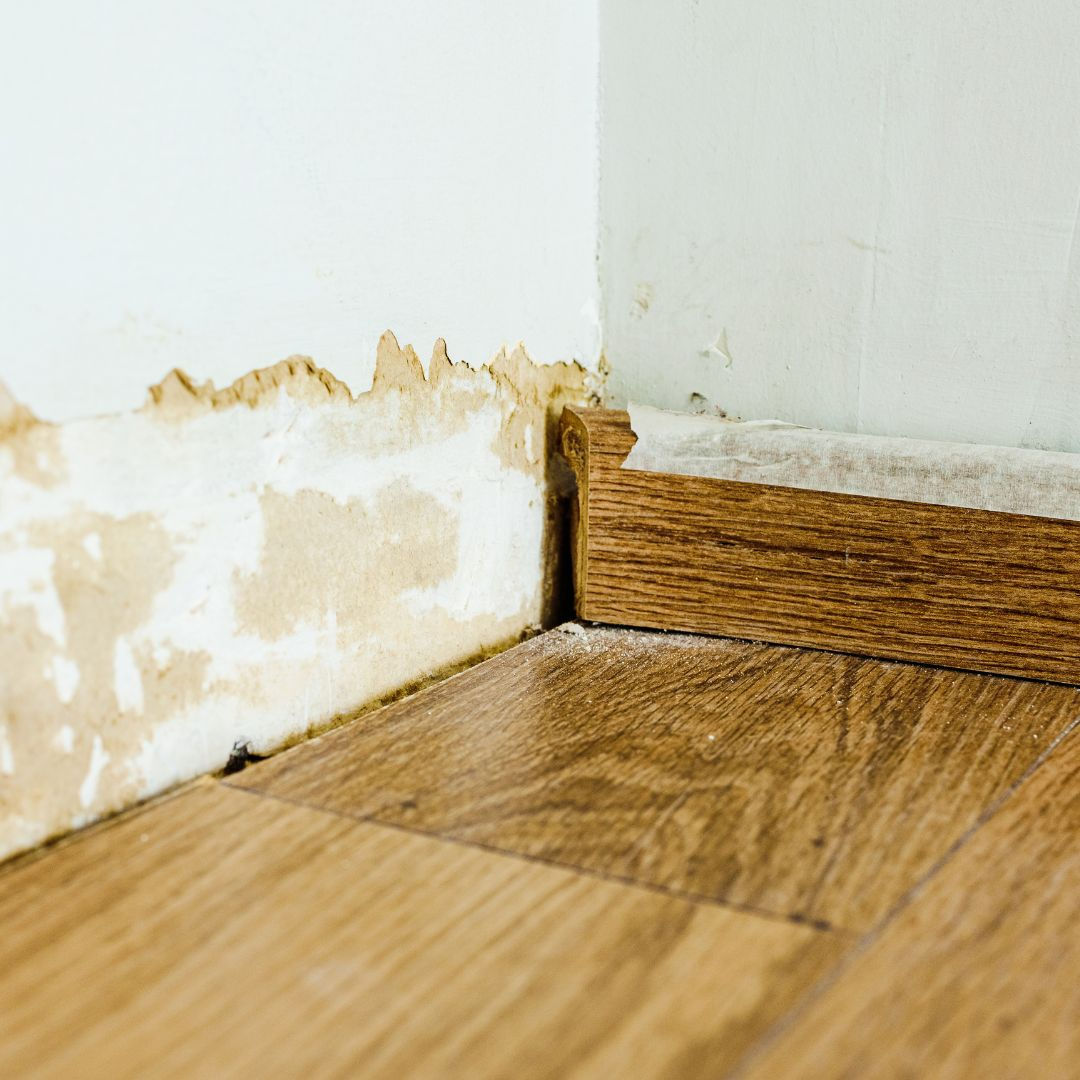Damp is a significant concern for homeowners and potential buyers alike, as it can lead to severe structural damage and health issues if left untreated. This article aims to provide a comprehensive overview of damp, its causes, the various types, and what you can do to address it.
The Hidden Threat of Damp
Damp often acts like an iceberg, with most of the damage hidden beneath the surface. Many people mistakenly believe that visible signs of damp are the full extent of the problem, but in reality, up to 80% of the damage can remain unseen. It is crucial to understand that damp is not merely a cosmetic issue but a serious structural defect that can compromise the integrity of a building.
Types of Damp
There are several types of damp, each with its own causes and consequences:
1. Rising Damp: This occurs when moisture from the ground rises through the walls of a building via capillary action. It is most common in older properties where damp-proof courses (DPC) may be absent or have deteriorated over time.
2. Falling Damp: This type is typically caused by leaks from roofs or poorly maintained gutters. Water can seep down from the roof into the walls, leading to significant damage if not addressed promptly.
3. Penetrating Damp: This occurs when water infiltrates the structure from external sources, such as heavy rain or plumbing leaks, particularly in areas like bathrooms, kitchens, or any space where water is frequently present.
4. Condensation Damp: This type of damp forms when warm, moist air comes into contact with cooler surfaces, leading to condensation. It is commonly found in poorly ventilated areas, such as bathrooms and kitchens.
5. Chemical Damp: Caused by hygroscopic salts present in some water sources, this type of damp can draw moisture into the walls, leading to additional damage to paint and plaster.
Signs of Damp
Recognizing the signs of damp early can save property owners significant time and money. Common indicators include:
- Tide marks on walls, typically not exceeding 1.5 meters in height.
- Blistering or bubbling paint and wallpaper.
- Peeling or discolored paint.
- Damp patches on walls.
- Fragmented or crumbling plaster.
- Visible mold growth, often black, green, or gray in color.
- Decaying wood or timber.
If you notice any of these signs, it is essential to take action immediately. Even small patches of damp should be investigated, as they can indicate a much larger problem.
Causes of Damp
Damp issues can arise from various sources, including:
- Poor construction practices, especially in older homes where damp-proofing measures were not implemented.
- Environmental factors, such as high groundwater levels or proximity to rivers and marshlands.
- Inadequate maintenance of roofs, gutters, and drainage systems.
- Leaking pipes hidden within walls.
Addressing Damp Issues
The first step in tackling damp problems is to conduct a thorough inspection. Qualified property inspectors can identify the type of damp and its underlying causes. Once the issue has been diagnosed, appropriate remedial measures can be recommended.
For rising damp, professional treatment is necessary to install or repair a damp-proof course. Falling damp issues may require roof repairs and gutter maintenance. Penetrating damp typically necessitates addressing the source of water infiltration, while condensation damp can often be mitigated through improved ventilation and humidity control.
Prevention is Key
Preventing damp is often more effective than treating it after the fact. Here are some strategies homeowners can employ:
- Ensure proper drainage around the property to redirect water away from foundations.
- Maintain gutters and downpipes to prevent blockages and leaks.
- Install adequate ventilation in high-moisture areas like bathrooms and kitchens.
- Use vapor barriers in basements and crawl spaces to prevent moisture ingress.
By understanding the various types of damp, their causes, and taking proactive measures, homeowners can protect their property from the damaging effects of damp and ensure a safe and healthy living environment.


